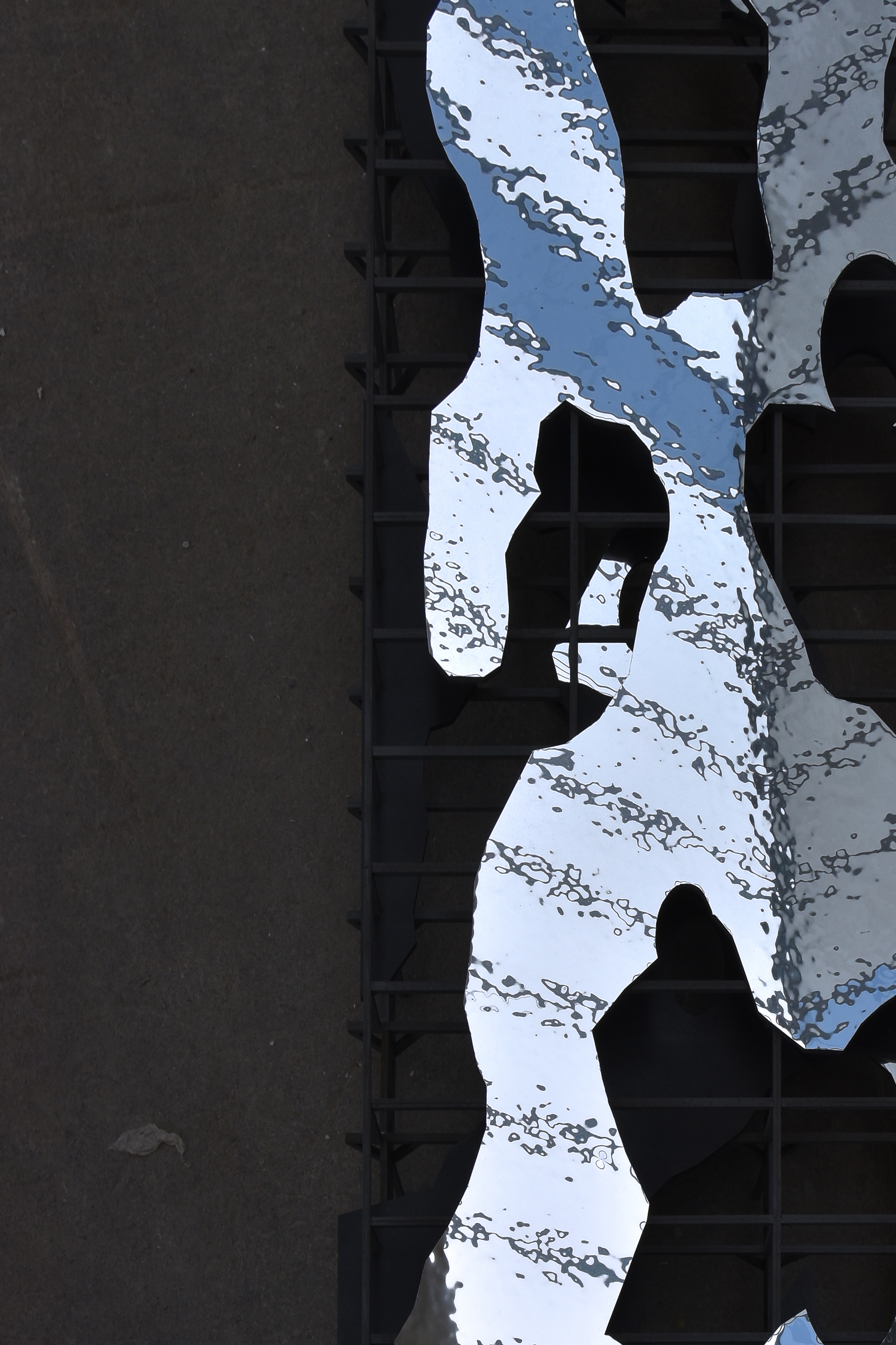_artificial landscpes
In Zusammenarbeit mit :
Valentina Frei
Prof. Alexandre Theriot
FS 23
ETH ZÜRICH
The creation of atmospheres, the superposition of different elements into a new context using the AI tool helped us to reimagine the main station of Winterthur. During the design the images where used either as a loose, fragmented representation of a moment to evaluate where one stands in the process, or as image fueling new ideas for further design steps. Our interest for artifical light, espacially its control dynamic over living systems, led us analysing examples of uses in the agricultural, commercial and health sector. The wish to influence, recreate and control nature to satisfy our needs and increase our quality of life fascinates us. We see the potential of the project within the contradiction of artificial nature.
Since 1895 the station of Winterthur serves as hub for commuters and travellers between northern and central switzerland. Over the years it has evolved in size, materiality and function. The biggest adjustment being a two storie parking deck built over the fluctuating trains, the trainstaion now forms a heterogene ensemble, splitting the centre of winterthur in two. Fluxes of pedestrian and bikes are pushed underground by the trains, while 480 parking slots overshadow 9600 m2 of space. It is therefore that we choose to act in this space by subtracting concrete and adding a binding element: the Biofilter.Fluxes of trains and people are brought into a new hierarchy benefitting the users. We optimize the train fluxes, by creating an underground train station with 6 tracks for passenger trains and a satellite tunnel with two tracks for freight trains. The space on ground level can be freed from train traffic and be used as a big public space.



